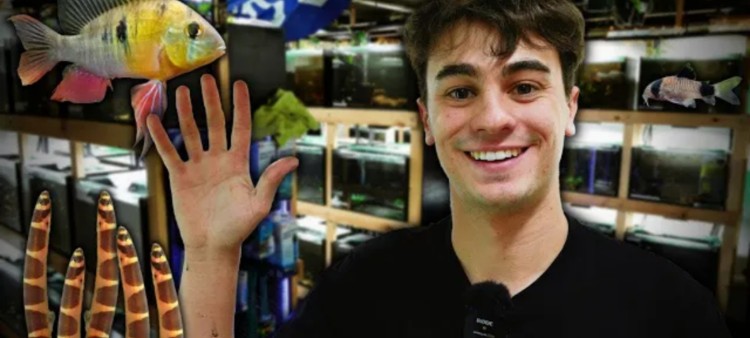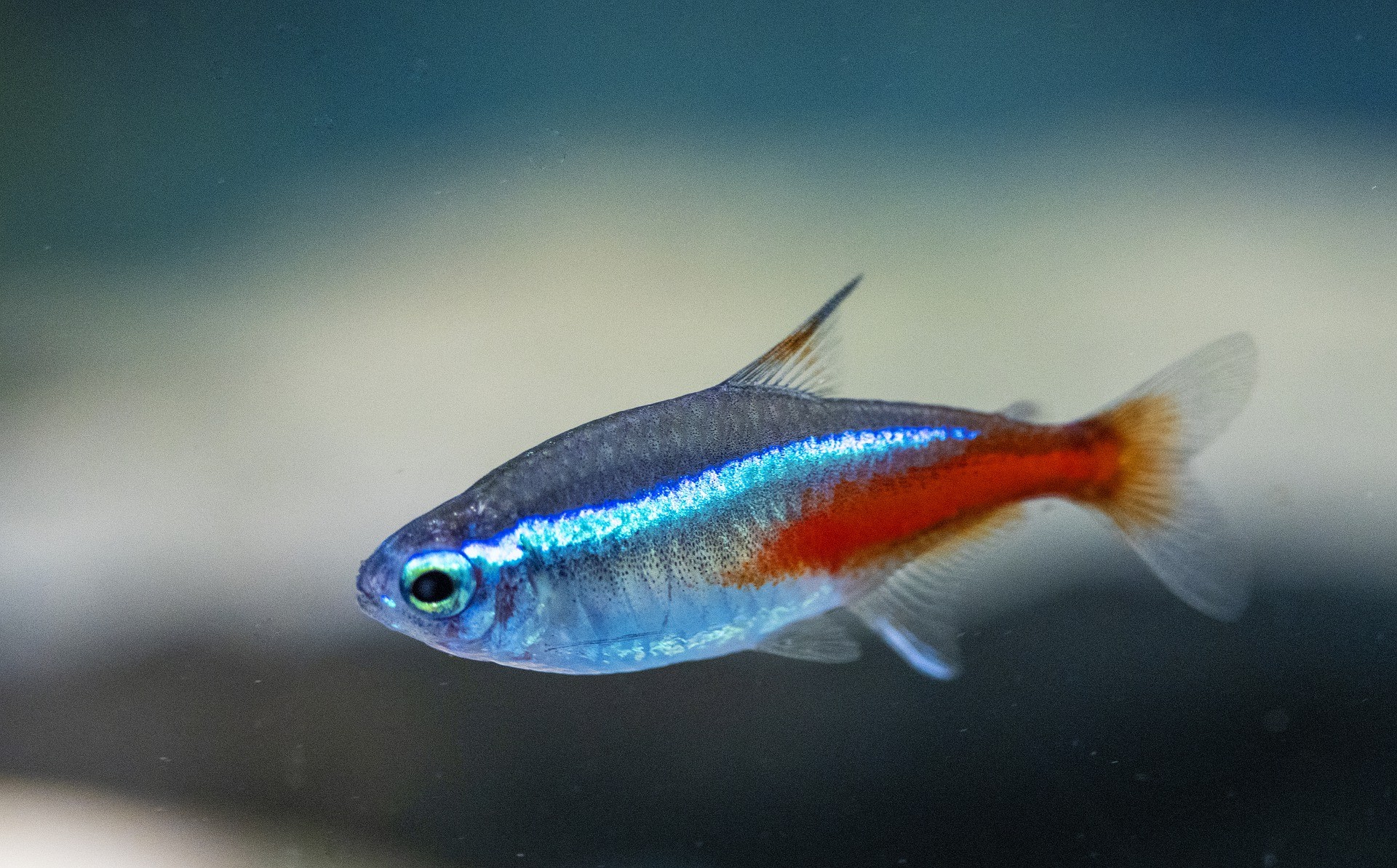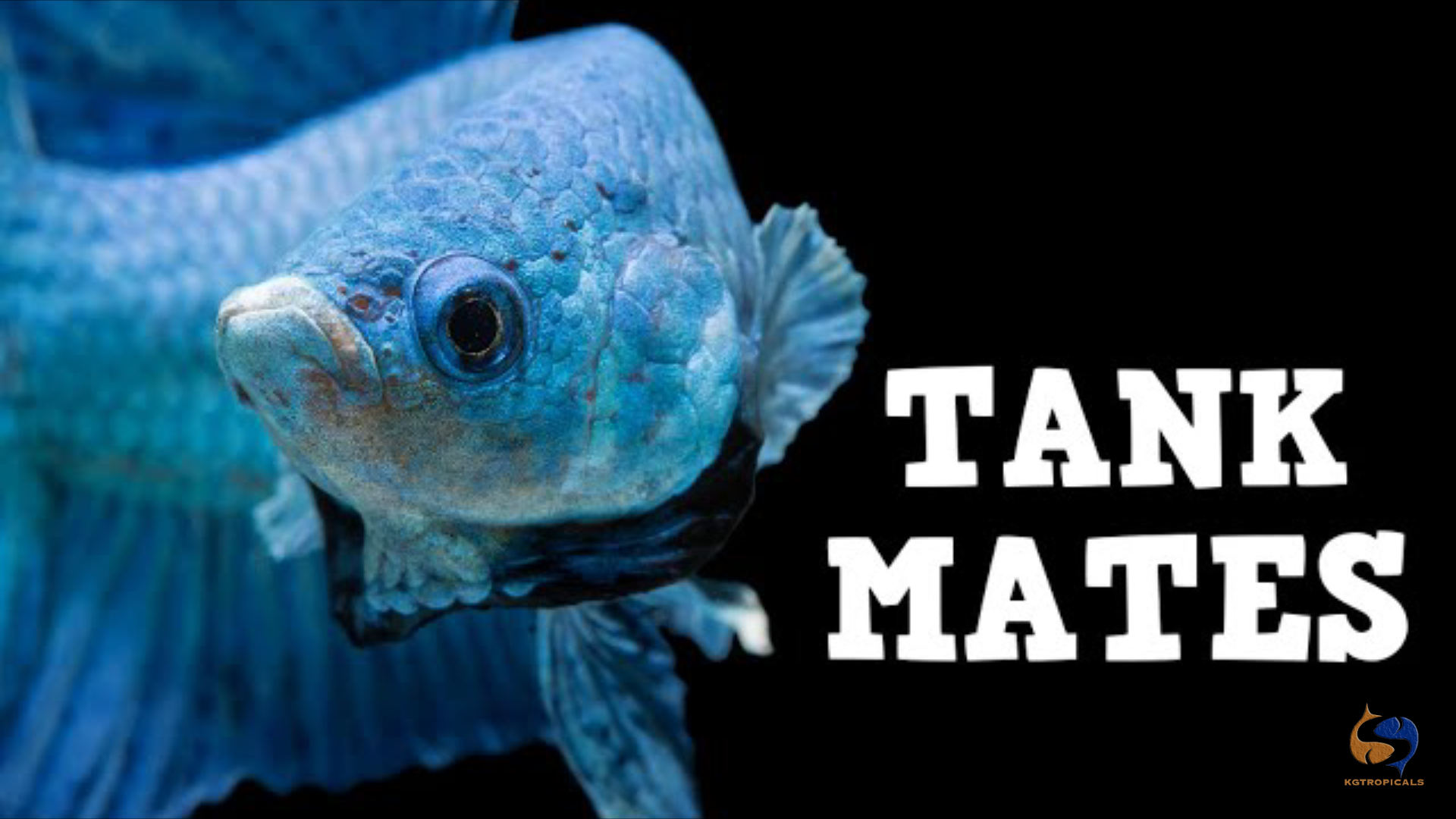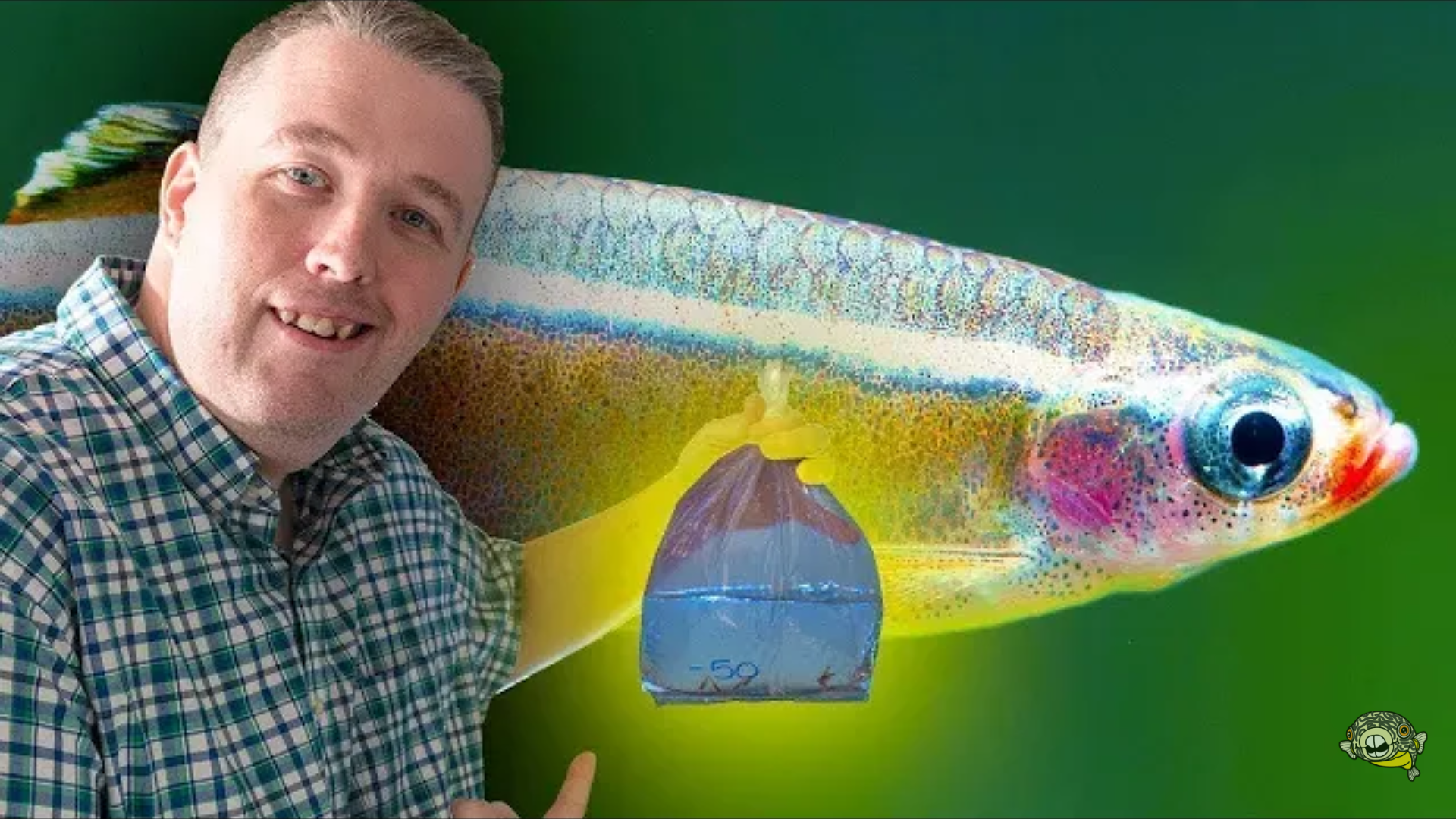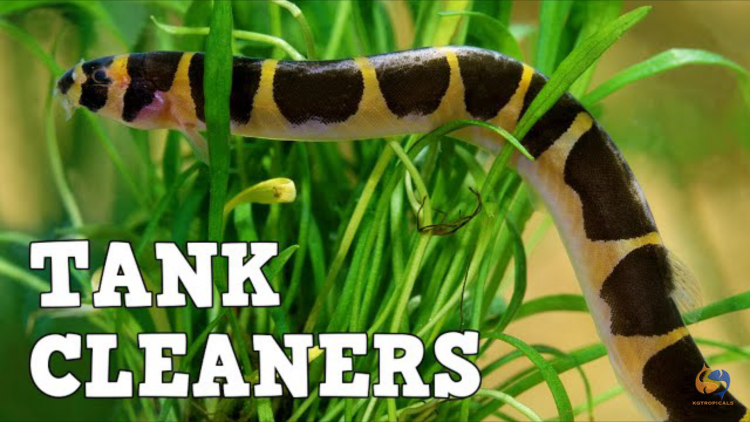- Name:
Kuhli Loach
(View AKA's) - Family: Cobitidae
- Species: Loaches
- Scientific Name: Pangio kuhlli
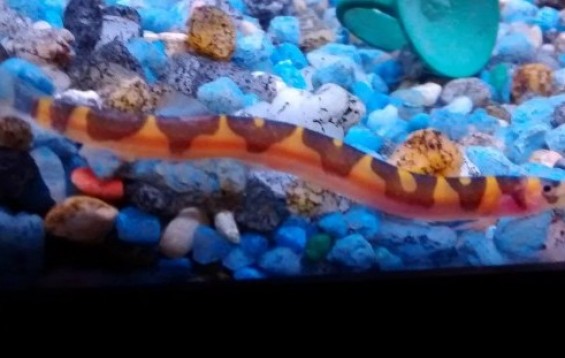

General info about Kuhli Loach
These fish are black, have few to no scales and a mouth surrounded by barbels, they are small only reaching 4 inches. They are nocturnal so they are more active in the evening and at night. To keep these fish in captivity, there should be moving water with temperature ranging from 79ºF to 85ºF and a pH between 6.0 and 7.0. The tank should have plenty of hiding places, caves, plants, rocks and a sandy substrate. Kuhli loaches can be kept in community aquariums with small and non-aggressive tankmates. They can be kept alone, however, they should be kept in groups of 3 or more to be more confident and feel more secure in the tank. A 20 gallon tank is the minimum recommended for a small group.
Kuhli Loach Diet & Nutrition
This species is omnivorous. In the wild it feeds on insect larvae, crustaceans and plant material. In captivity it can be fed with flakes or live foods like Daphnia, Artemia and worms.
Determining Sex of Kuhli Loach
Females are wider and rounder.
Common Diseases with Kuhli Loach
Due to having no scales, these fish are extremely susceptible to skin diseases.
Kuhli Loach Origin
This species originated in Cambodia, Indonesia, Laos, Malaysia, Thailand and Vietnam. It inhabits well oxygenated rivers and streams.
Original Detail
| Name | Species | Family | Scientific Name | More Detail | Added by |
|---|---|---|---|---|---|
| Kuhli Loach | Loaches | Cobitidae | Pangio kuhlli | These fish are black, have few to no scales and a mouth surrounded by barbels, they are small only reaching 4 inches. They are nocturnal so they are more active in the evening and at night. To keep these fish in captivity, there should be moving water with temperature ranging from 79ºF to 85ºF and a pH between 6.0 and 7.0. The tank should have plenty of hiding places, caves, plants, rocks and a sandy substrate. Kuhli loaches can be kept in community aquariums with small and non-aggressive tankmates. They can be kept alone, however, they should be kept in groups of 3 or more to be more confident and feel more secure in the tank. A 20 gallon tank is the minimum recommended for a small group.
|
PalaciosAn |


